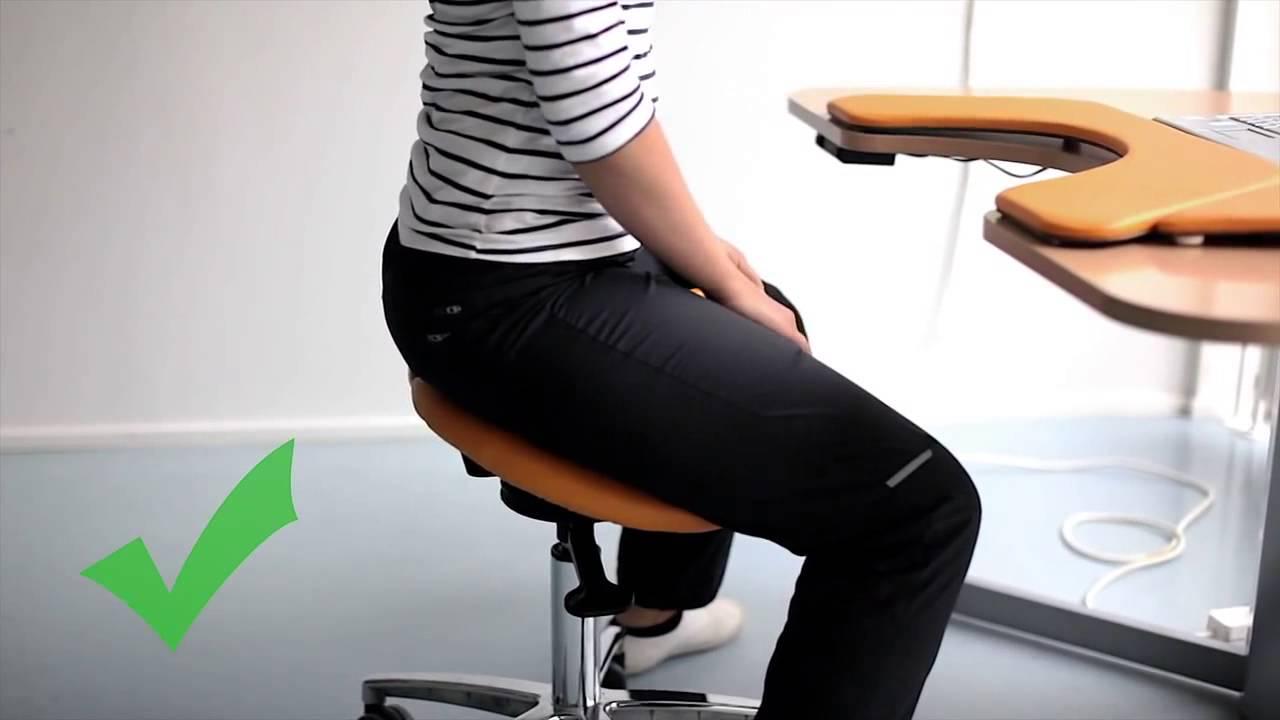Portering chairs are indispensable pieces of medical equipment used for transporting patients easily and safely. By providing a comfortable seating arrangement on wheels, these chairs help healthcare professionals move patients efficiently within hospitals, medical clinics, and other patient care facilities. In this article, we will explore the key features and benefits of portering chairs along with essential safety guidelines.
Design and Features
Portering chairs come in a variety of designs to suit different patient needs and care settings. However, some common features found in most models include:
Comfortable Seat and Backrest: The padded seat and adjustable backrest ensure patient comfort during movement. The seat width is usually around 18 inches to accommodate patients of all sizes.
Foldable and Lockable Wheelbase: Most chairs have four sturdy wheels, two of which lock for stability when stationary. The wheelbase can fold up compactly for storage when not in use.
Safety Belts: Adjustable safety belts over the lap and shoulders securely hold the patient in place for safe transportation. These belts prevent falls and keep the patient comfortably seated.
Storage Compartments: Useful storage sections underneath the seat or behind the backrest allow staff to keep patient records and essential items within easy reach.
Weight Limit: Standard weight limits generally range between 250 to 400 lbs depending on the chair's quality and size. Heavier-duty models support higher weights.
Easy Maneuverability
Portering chairs are exceptionally easy to maneuver thanks to their lightweight yet durable frame and multi-directional wheels. Healthcare professionals can:
- Navigate tight hospital hallways, room entries, and elevators effortlessly.
- Guide the chair one-handed using the integrated handle at the back of the chair.
- Roll over different floor surfaces like tile, hardwood, carpet, and thresholds between rooms.
- Transport patients over short/long distances within the facility without much physical strain.
Benefits for Patients
Regular beds and stretchers are often uncomfortable and restrictive. But portering chairs offer patients:
- An upright, comfortable position that feels less confined than a bed or stretcher.
- Better visibility of their surroundings which reduces anxiety.
- Easy accessibility for consultations, tests and other procedures without much disruption.
- Enhanced privacy as these chairs allow discreet movement of patients compared to large beds.
Safety Guidelines
While extremely convenient, it is crucial portering chairs are used safely to prevent harm. Key safety practices include:
- Ensuring safety belts are fastened correctly before any movement.
- Using both hands to guide the chair while braking intermittently.
- Avoiding sudden stops, jerky movements or acceleration that can injure patients.
- Transporting one patient at a time and refraining from carrying items obstructing visibility.
- Inspecting chairs regularly for any wearing/damage and removing from use if unsafe.
- Providing specific instructions to patients regarding permitted body positions and movements.
Proper Maintenance
To maximize Portering Chairs longevity and hassle-free functionality, regular maintenance including:
- Wiping down the frames, padding and belts with disinfectant after every use.
- Checking wheels, locks and other movable parts for proper operation and lubricating when needed.
- Inflating tires to recommended pressure levels.
- Replacing worn safety belts, frayed padding or broken parts immediately.
- Conducting deep cleaning and repairs as per the manufacturer's guidelines.
- Storing chairs in covered areas away from direct sunlight when not in use.
The Future of Portering
With continuous innovation, forthcoming portering chair models will feature even more cutting-edge designs. Some technologies enabling enhanced user-experience, safety and care include:
- Built-in patient monitoring systems detecting vital signs unobtrusively.
- Advanced ergonomic designs reducing staff fatigue from long-term usage.
- Intuitive electric motor operation via joystick or remote for hassle-free steering.
- Customizable seat heights, widths and weight capacities for bariatric patients.
- Smart features like embedded sensors and collision avoidance enhancing safety.
Conclusion
In summary, portering chairs enable efficient and comfortable patient transportation within healthcare facilities. When used responsibly along with proper maintenance, they deliver significant benefits for both patients and staff. With ongoing technological advancements, future models will incorporate smarter functions further facilitating patient care.
Get more insights on- Portering Chair
